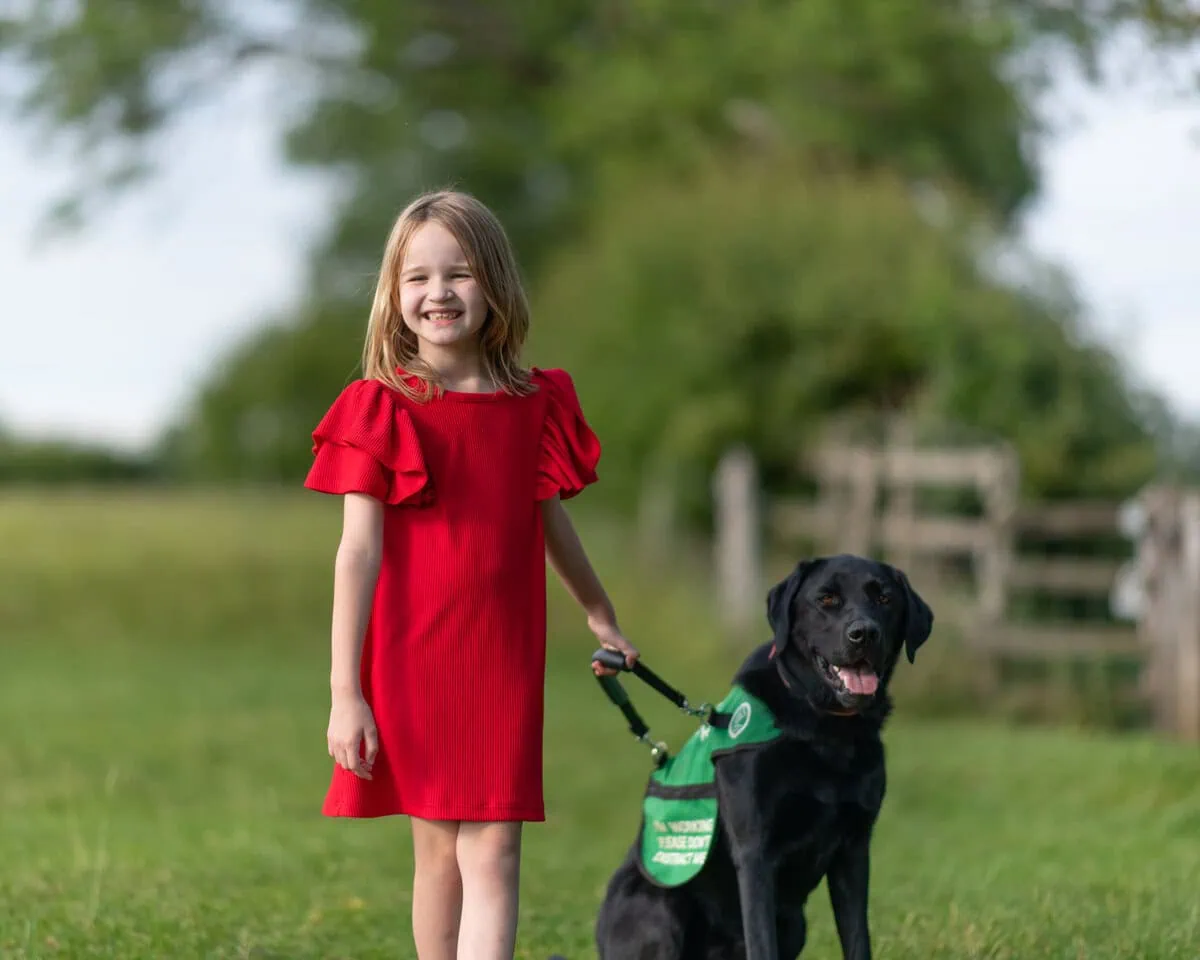
Choosing a cat
Good feline candidates for living with dogs:
-
Relaxed, laid-back cats and kittens
-
Cats with dog experience
Not-so-good feline candidates for living with dogs:
- Shy, skittish, and de-clawed cats. De-clawed cats are more vulnerable and are likely to behave defensively when cornered
Choosing a dog
Good canine candidates for living with cats:
-
Relaxed, calm, confident and greets other dogs and people politely
-
Little or no known chase/prey drive
Not-so-good canine candidates for living with cats:
-
Dogs lacking in confidence
-
Known chase/prey drive
-
Boisterousness or poor greeting behaviours
How to introduce a dog to your cat
Cats who haven’t lived with dogs are almost always cautious the first time they meet a new dog. Cats are highly territorial animals; this often causes them to feel threatened when changes are made to their environment. This means that if a dog is going to be introduced to their environment it needs to be done in a structured way so they can enjoy each other’s company.
This step-by-step plan will ensure that the introduction goes smoothly. If the dog isn’t over-enthusiastic and if the cat is given dog-free zones to retreat to, many cats will gradually get used to the dog and sometimes even become bonded, but this can take weeks or months. It is worth noting that some dogs will never be suitable candidates for living with a cat and likewise, some cats will never be suitable to share their home with a dog.
Step 1
Keep the dog and cat apart for a few days before you try an introduction. This will get each of them used to the other’s scent, as well as letting the new arrival get acquainted with their environment. Whilst apart, allow both your cat and your dog to further get used to the other’s smell by introducing the bedding of each alongside plenty of rewards.
Step 2
Have your dog on a lead to avoid stressing your cat and avoid any chasing. Have the dog sit and take treats near the cat. Also treat/reward the cat. If the dog can stay calm without lunging towards the cat and take treats, allow them to meet the cat. Good signs are gentle investigation, a wagging tail, and respect for the cat’s communication signals (see below). Bad signs are instant attempts to chase, straining at the lead, whining, and barking. Repeat this step several times and only progress to step 3 when both are happy and relaxed.
Step 3
If the introductions go well, drop the lead and supervise closely. If the dog is friendly or cautious with the cat, don’t get involved in their interactions, except to praise and reward them for good manners. Interrupt any chasing by picking up the lead and gently encouraging the dog away. End the session and try again another day, starting back at step 2.
Step 4
Watch closely during the first few weeks. Are things getting better or worse? Supervise all interactions until you see a positive pattern in their relationship. If the dog is the newcomer, give plenty of extra attention to the cat so he/she doesn’t associate the dog with reduced attention and affection. If the newcomer is the cat, make sure the dog associates the family addition with good things for him/her. Over time, your dog and cat will learn that good things happen when they are around each other, which will create a positive association and help both feel relaxed and comfortable when sharing a space.
Useful tips
-
To have peace of mind, separate your dog and your cat when you are not at home to supervise by using separate rooms, baby gates, or crates, if suitable and your dog is happy to do so.
-
Above all, be patient – the more gradual and gentler you make the process, the better your chance of success.
-
Have a dog-free room (use baby gates, cat doors) as well as high places the cat can access but the dog cannot. The cat needs a safe space where he/she can retreat in peace and then venture out from again, at their own pace, when they feel ready to. Make sure food, water, and a litter tray are accessible in this area.
-
It’s always easier to keep the dog under control using a lead, and simply letting the cat move away, rather than trying to restrain the cat.
-
Never force the cat to be close to the dog by holding, caging, restraining or otherwise restricting him/her. This can be distressing and is a common reason for cats to not use their litter box anymore.
-
Dogs should not have access to the cat’s litter box or feeding area.
-
Likewise, create a safe space for your dog; this can be an open crate, a fenced off area, or a whole room. If they choose to use this area to retreat to, this must be respected so they know they can escape an interaction with the cat at any time. These ‘safe spaces’ should be introduced weeks or months ahead for your cat or dog to acclimatise to rather than changing the layout of your home on the day of the new arrival which may cause further stress or confusion.
If you follow the steps outlined above, your dog shouldn’t get over-excited and want to play with the cat, however, some dogs are very persistent. Instead of simply preventing them from chasing and trying to play (which can cause frustration to build up), focus on rewarding calm, appropriate behaviour instead. Carry around a few treats and reinforce calm behaviour. It can be useful to teach your dog to lie on their bed calmly with a Kong or a similar toy when asked, which can distract overtly playful dogs.
Stress
Always look out for any signs of stress in both your cat and dog. Some signs of stress in cats may be, but are not limited to:
-
Excessive grooming
-
Excessive blinking and looking away
-
Decreased appetite
-
Self-isolation
-
Urinating outside of their litterbox
Some subtle signs that your dog may be uncomfortable around your cat may include, but are not limited to:
-
Excessive blinking or turning the head away
-
Lip licking
-
‘Whale eye’ (pupils dilated, whites of eyes showing)
-
Hard stare
-
Lifting a paw
-
Tense body posture
Additionally, there are some products on the market which can help keep both cats and dogs calm. They work by emitting the scent of a mother’s pheromone to help keep them relaxed. These are called Adaptil (for dogs) and Feliway (for cats). Studies have shown these products increase relaxation during stressful times (e.g. firework noises, being left alone), and are available as a diffuser, spray, or dog collar. For more information visit Adaptil.
Help support our life-changing work...
Imagine if everyday tasks were so challenging or physically demanding they affected your quality of life. For many people living with a disability or families with a child with autism, that is their reality. Now imagine if a specially trained four-legged friend could restore your, or your family’s, independence.
The demand for our services is high and we can’t help as many people as we would like to without more funding. Please help us continue to bring people and dogs together to help make everyday life possible in so many extraordinary ways.
Every contribution, whatever size, is important and helps us make a difference.
